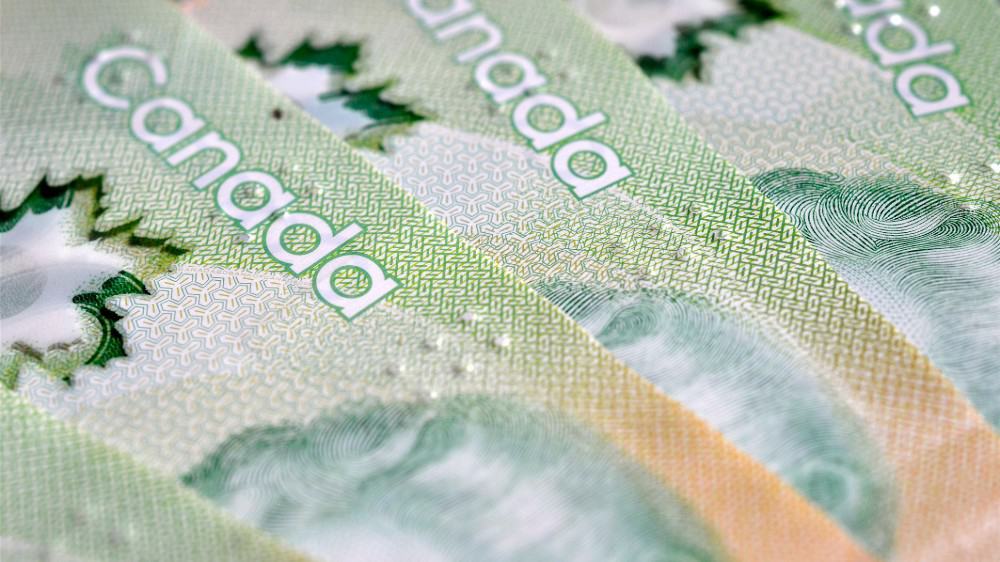There are so many bills to pay. Such is life. Buying dividend stocks is a simple and rewarding way to generate passive income, which will reduce your expenses.
To pay for your bills with dividends, first, list all your expenses. Then replace each expense one by one with dividends. It’d be useful to know your average monthly expense as well.
Make a list of all your expenses
Some common expenses include rent/mortgage, insurance (home/auto/health/life), utility bills (electricity, gas, hydro, internet, and phone), food (groceries and eating out), transportation (public transit, car — refueling/maintenance), education, clothes, entertainment, gifts, donations, etc.
There are apps to keep track of how much you spend on what or you can choose to tally it up yourself in a spreadsheet. In any case, you’d come up with a number — how much do you spend on average per month?
It’d probably be impossible to replace your monthly expense with dividends immediately, but don’t be discouraged. Start with one bill at a time.
How to pay your bills one by one with dividends
My internet costs about $80 a month right now. That equates to an annual cost of $960. If I’m starting from scratch, here’s how I’d go about paying it with dividend income.
Most dividend stocks pay a dividend every three months. Others pay every month, every half a year, or every year. But it doesn’t matter how frequently they pay, as long as I buy quality stocks at good valuations.
Right now, Enbridge, Bank of Nova Scotia, and Brookfield Property are trading at good valuations and provide above-average dividend yields. Specifically, they offer yields of 8.9%, 6.4%, and 9.2%, respectively. This equates to an average yield of just over 8.1%.
To get $960 a year from an equal-weight portfolio in these three stocks, I’d need to invest roughly $11,755 (or about $3,918 in each). It may not be easy to come up with an extra $11,755 today, but the important thing is to get the passive-income machine rolling.
For starters, it’d be nice even to pay just 10% of the internet bill (investing only $1,176) from passive income.
Just like that, anyone can steadily but surely replace his or her internet bill. Once you completely replace that bill with dividend income, pick another recurring bill on your list.
What if you’ve got lots of cash to invest right now?
You may have lots of cash on hand from a special circumstance or, say, from a GIC that just matured. You notice how low interest rates are and realize that you’d earn close to nothing with GICs. You might choose to invest a whole lot more than $1,176.
In that case, you can be a little bolder. Instead of replacing bills one by one with dividends, you might start thinking in terms of replacing a portion of your average monthly expense.
Essentially, you estimate how much you spend in a year and divide that by 12 to get your average monthly expense, since some expenses can be irregular — like car maintenance or entertainment.
If you figure you’re spending, say, $2,500 a month on average and have a big enough amount of savings, you may be able to knock off 5% or $125 a month (or $1,500 a year) immediately with dividend income.
Based on the same roughly 8.1% yield as before, you’d need to invest about $18,367 to generate passive income of $1,500 a year.
The Foolish takeaway
It’s always nice to have passive income to help pay the bills. It’s especially helpful to earn passive income during highly uncertain times like now. Dividend stock investing makes it super easy to get started on building a passive-income stream.









